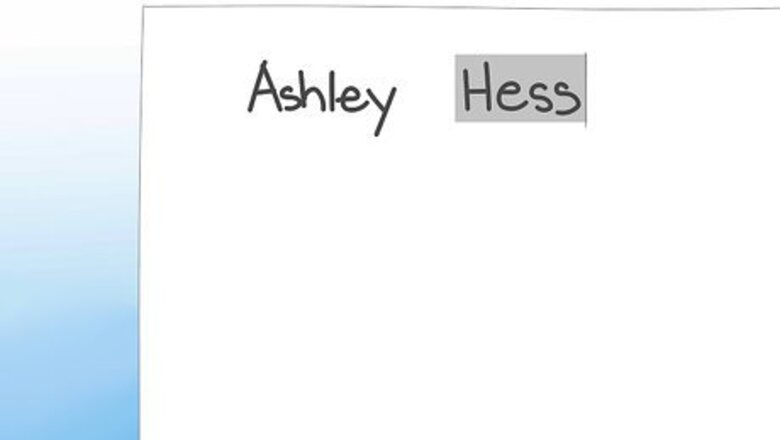
views
Citing in MLA Style
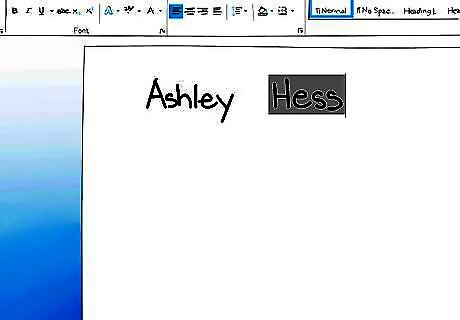
Cite the author’s last name. In MLA style, always use the author’s last name in the in-text citation. This will help your reader to understand where your information came from.
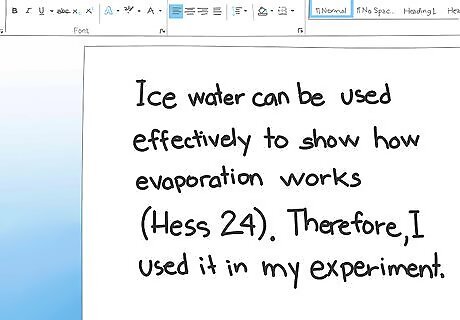
Place the citation information at the end of your sentence. In a normal in-text citation, place the information at the end of the sentence. The author’s last name and the page number you found the information on go in parenthesis: “Ice water can be used effectively to show how evaporation works (Hess 24). Therefore, I used it in my experiment.”
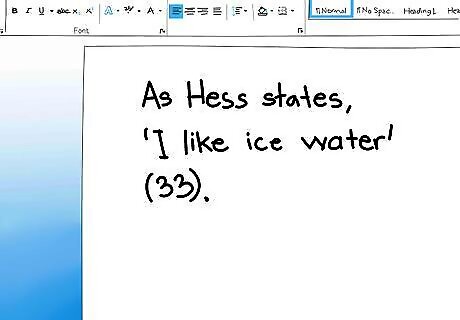
Do not add the last name to the parentheses if you use it in your sentence. If you are using the last name at the beginning of the sentence, you don’t add the name in the parenthesis, but you still put it at the end of the sentence. For example: “As Hess states, ‘I like ice water’ (33).”
Citing in APA Style
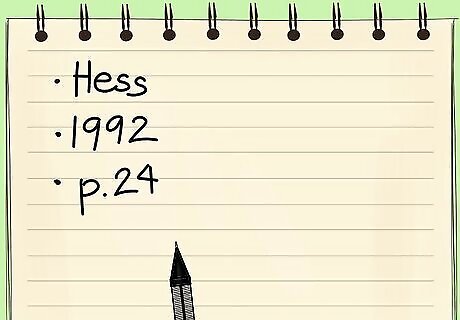
Make sure to include all of the necessary information. In APA style, you use the author’s last name, the date, and the page number in the in-text citation.
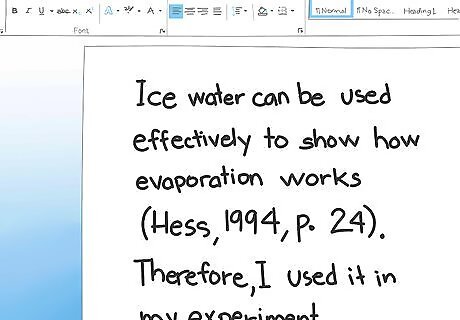
Place the citation at the end of your sentence. Usually, you place the citation at the end of the sentence. Keep in mind that commas go in between each piece of information. For example: “Ice water can be used effectively to show how evaporation works (Hess, 1992, p. 24). Therefore, I used it in my experiment.”
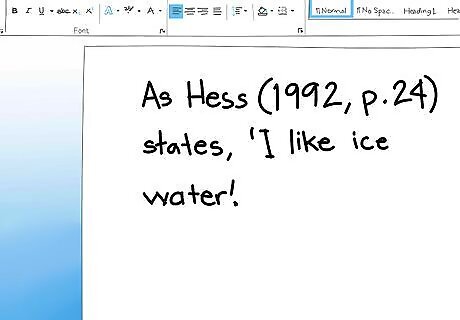
Try using the author’s name at the beginning of your sentence. You can also use the name at the beginning of the sentence without parenthesis. However, unlike MLA, you also put the other information in parenthesis at the beginning of the sentence. For example: “As Hess (1992, p.24) states, ‘I like ice water’ (33).”
Citing in Chicago Style
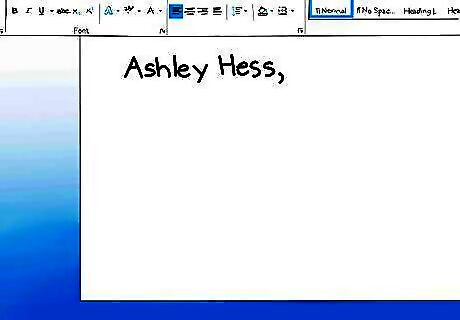
Use footnotes to cite sources. In Chicago style, you provide almost a whole reference page citation as a footnote instead of just using the author’s last name. Click at the end of the sentence where you want to cite your source. Use the author’s first and last name. For example: “Ashley Hess,”.
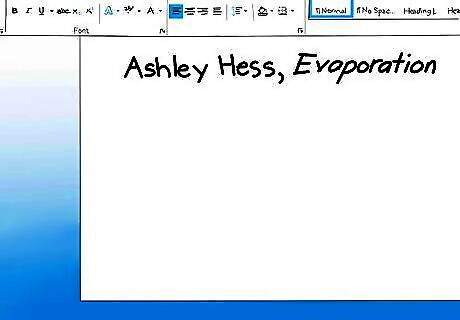
Include the title of the book. Follow the author’s name with a comma and then write out the name of the book that you are citing. Make sure to write the title in italics. For example: “Ashley Hess, Evaporation”
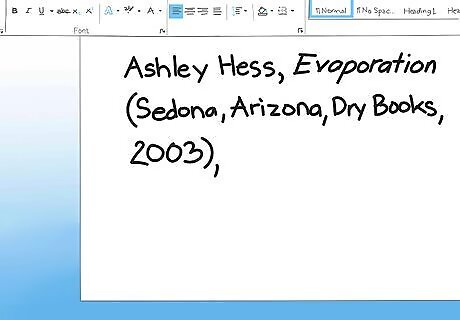
Include parentheses. Use parenthesis next, and inside the parenthesis, put the place of publication, a colon, the publisher, a comma, and the year of publication. For example: “Ashley Hess, Evaporation (Sedona, Arizona: Dry Books, 2003),” Follow that with comma.
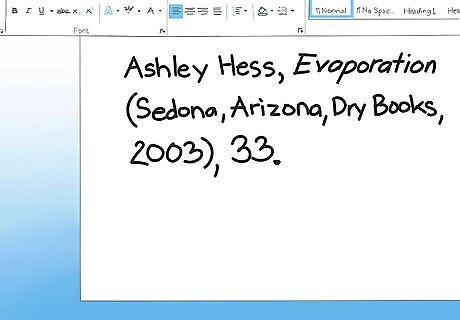
Finish your citation with the page number. Finally, add the page number where you found the information: “Ashley Hess, Evaporation (Sedona, Arizona: Dry Books, 2003), 33.”
Citation Basics that Apply to All Writing Styles
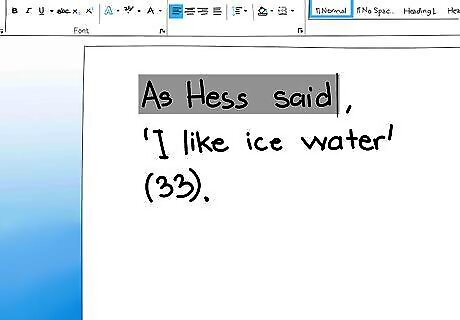
Make it clear who the “I” is. If you are using a quote that uses “I,” make sure to introduce the sentence by saying who said it: “As Hess said, ‘I like ice water’ (33).” Just quoting “I like ice water” could lead to confusion, even though you are using quotes.
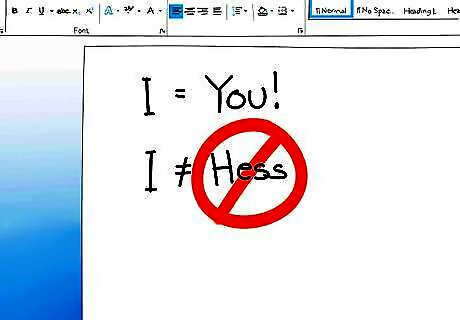
Separate your work from your source’s work. If you need to make a citation in a sentence where you are using first person (i.e. when you’re saying that you did something), make sure to delineate what came from the source and what you are saying. Instead of “I used ice water to show evaporation (Hess 33).” you should say something to the effect of “Hess does an experiment on evaporation using ice water (33); in my research, I performed a similar experiment.” That way, the reader knows why you are making that citation.

















Comments
0 comment